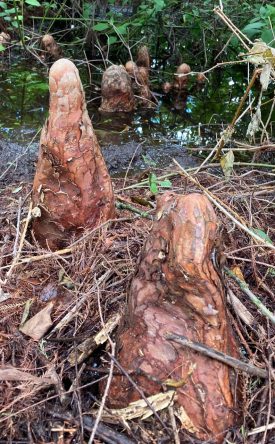Early Summer Selected Cuttings at the Washington Park Arboretum
1) Acer palmatum ‘Nuresagi’ Japanese Maple
|
|
2) Illicium henryi Henry’s Star Anise
|
|
3) Kalmia latifolia ‘Fuscata’, synonym K. l. forma fuscata Mountain Laurel
|
|
4) Magnolia macrophylla Big Leaf Magnolia
|
|
5) Taxodium distichum Bald Cypress
|
|




